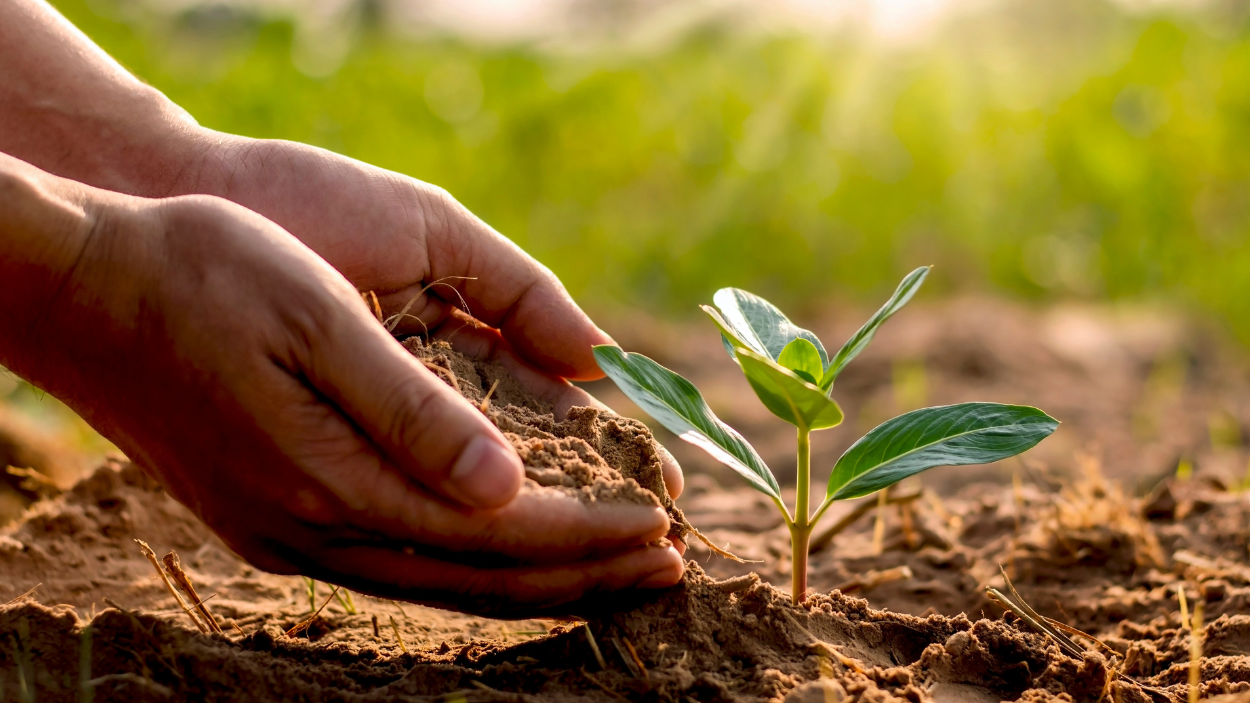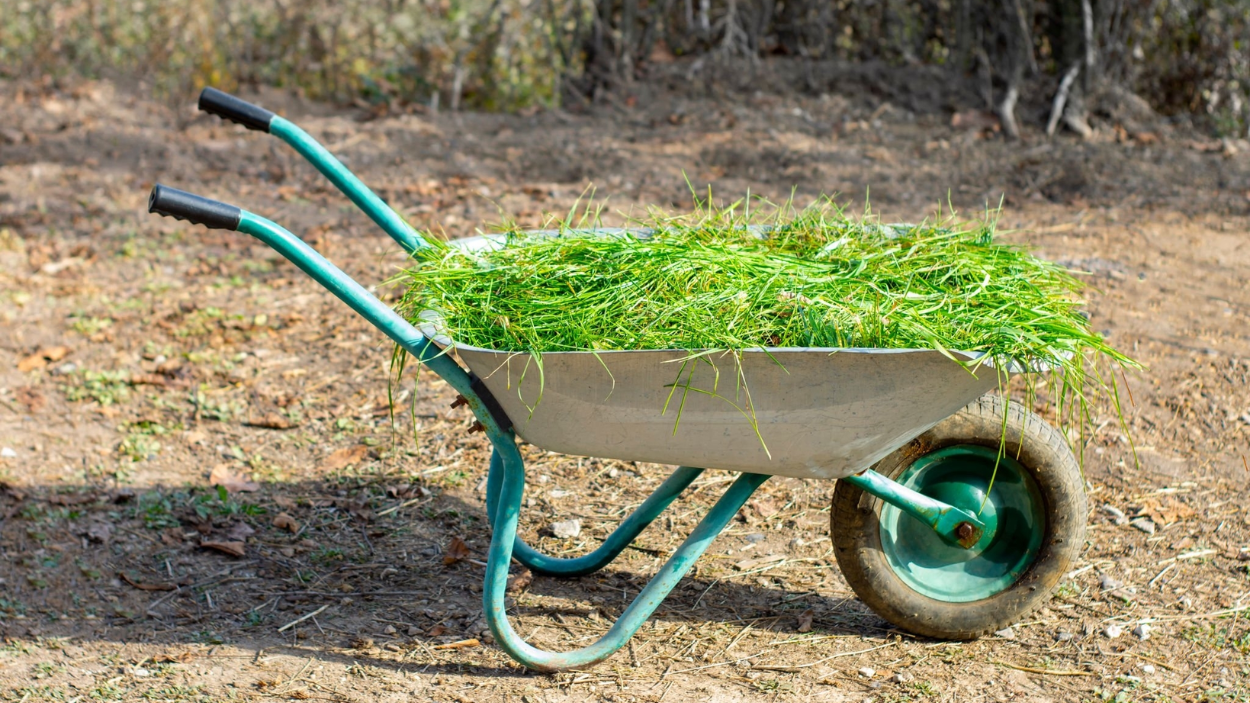Harvesting kale is a simple yet crucial step in enjoying this versatile and nutritious vegetable. To determine when it's ready for harvest, look for leaves that are vibrant green, crisp, and about the size of your hand. When picking kale, start by selecting the outer leaves, working your way inward. Use a sharp knife or scissors to cut the leaves just above the stem, leaving the central growth point intact for regrowth. Avoid harvesting the entire plant at once, as kale is known for its ability to produce new leaves for multiple harvests. By harvesting kale properly, you'll ensure a continuous supply of fresh, flavorful leaves to incorporate into your favorite recipes.
Characteristics of Kale
Common name: Kale
Scientific name: Brassica oleracea var. acephala
pH of soil needed: Kale prefers slightly acidic to neutral soil with a pH range of 6.0 to 7.5. It can tolerate a slightly wider pH range, but extreme acidity or alkalinity should be avoided.
Light: Kale thrives in full sun, but it can also tolerate partial shade. It typically requires at least 6 hours of direct sunlight per day for optimal growth.
Water: Kale plants have moderate water needs. They should be watered consistently to keep the soil evenly moist but not waterlogged. Adequate drainage is essential to prevent waterlogging and root rot.
Nutrients: Kale is a nutritional powerhouse, rich in essential vitamins and minerals. It is an excellent source of vitamin K, vitamin C, vitamin A, and various antioxidants. It also provides significant amounts of calcium, iron, potassium, and fiber, making it a highly nutritious addition to any diet.
Overall, kale is a resilient and nutritious vegetable that can thrive in various growing conditions. By providing it with the right soil pH, adequate light, proper watering, and understanding its nutritional value, you can cultivate and enjoy this leafy green vegetable to its fullest potential.
When Is The Perfect Time To Harvest Kale
The perfect time to harvest kale depends on the specific variety and your desired usage. In general, kale can be harvested when the leaves have reached a size suitable for consumption. For most varieties, this is typically around 2 to 3 months after planting. However, baby kale leaves can be harvested even earlier, as soon as they reach a size that can be picked without harming the plant's growth.
To determine if kale is ready for harvest, look for leaves that are vibrant, firm, and have a good coloration. The outer leaves can be harvested first, allowing the inner leaves to continue growing. Regular harvesting promotes continuous leaf production and prevents the plant from bolting (going to seed).
In terms of timing, kale is often most flavorful after exposure to a light frost, as the cold temperatures can enhance its sweetness. However, kale can still be harvested and enjoyed throughout its growing season, regardless of frost exposure.
Ultimately, the perfect time to harvest kale is when the leaves have reached a desirable size, texture, and color for your intended use, whether it's for salads, stir-fries, smoothies, or other culinary creations.
How To Harvest Kale
Step 1. Select the right leaves:
Look for mature kale leaves that are vibrant green, firm, and have reached a suitable size for consumption. The outer leaves are usually ready for harvest first, allowing the inner leaves to continue growing.
Step 2. Choose the harvesting method:
You can either use your hands or a sharp knife/scissors to harvest kale. Both methods are effective, but using a tool can help prevent damage to the plant.
Step 3. Hand harvesting:
Firmly hold the base of the leaf with one hand and gently pull it downward, away from the stem. Apply a slight twisting motion if needed to detach the leaf from the stem. Repeat this process for each leaf you want to harvest.
Step 4. Knife/scissors harvesting:
Hold the leaf with one hand and use a sharp knife or scissors to cut the leaf off just above the stem, leaving the central growth point (also known as the terminal bud) intact. This ensures that the plant can continue producing new leaves.
Step 5. Continue harvesting:
Harvest leaves from the bottom of the plant, working your way up. It's best to harvest only a few leaves at a time, rather than removing all the leaves from the plant at once. This allows the plant to keep growing and producing new leaves for future harvests.
Step 6. Store or use immediately:
Once harvested, you can rinse the kale leaves with water and store them in the refrigerator for a few days. Alternatively, use them right away in your favorite recipes to enjoy their freshness and nutritional benefits.
Remember to handle the kale leaves with care to avoid damaging the plant or bruising the leaves. With proper harvesting techniques, you can enjoy a bountiful supply of fresh kale throughout the growing season.
How To Use Kake
Tip 1. Salads: Use the kale leaves as a base for salads, either by chopping or tearing them into smaller pieces. Tenderize the leaves with olive oil and lemon juice, then combine them with vegetables, fruits, nuts, and cheese for a satisfying crunch.
Tip 2. Smoothies: Incorporate kale into your favorite smoothie recipes for an extra dose of nutrition. Blend it with fruits like bananas, berries, or pineapple, along with a liquid base such as almond milk or coconut water.
Tip 3. Sautéed or Stir-fried: Heat oil in a pan, add chopped kale leaves, and cook them with garlic, onions, or other vegetables. Season with herbs, spices, and salt to bring out the flavors while maintaining the vibrant color and nutritional value.
Tip 4. Soups and Stews: Enhance your soups, stews, or broths by adding chopped kale leaves towards the end of the cooking process. The kale will wilt and complement the other ingredients, contributing both taste and nutrition.
Tip 5. Pesto: Create a kale pesto by blending the leaves with garlic, nuts, Parmesan cheese, olive oil, and lemon juice. Use this flavorful pesto as a sauce for pasta, a spread on sandwiches or wraps, or a topping for roasted vegetables.
Frequently Asked Questions
Q: Does kale regrow after harvesting?
A: Yes, kale has the ability to regrow after harvesting. By properly harvesting the leaves, and leaving the central growth point (terminal bud) intact, the plant will continue to produce new leaves for future harvests.
Q: How should I store harvested kale?
A: After harvesting, you can store kale leaves in the refrigerator. Rinse the leaves to remove any dirt or debris, pat them dry, and place them in a breathable bag or container. Properly stored kale can last for up to a week in the refrigerator.
Q: Can I freeze harvested kale?
A: Yes, you can freeze harvested kale. Blanch the leaves in boiling water for a few seconds, then transfer them to an ice bath to stop the cooking process. Drain, pat dry, and pack them in airtight freezer bags or containers. Frozen kale can be stored for several months and used in cooked dishes or smoothies.
Final Thought
Harvesting kale is a rewarding endeavor that allows you to reap the benefits of this leafy green vegetable. By following the best practices for timing and techniques, you can ensure that your kale harvest is abundant, flavorful, and packed with nutrients. Whether you enjoy kale in salads, smoothies, or cooked dishes, the satisfaction of harvesting your own kale and experiencing its freshness firsthand is truly unbeatable. So, roll up your sleeves, get out into the garden, and embark on a journey of cultivating and harvesting kale to elevate your culinary adventures and nourish your body.




